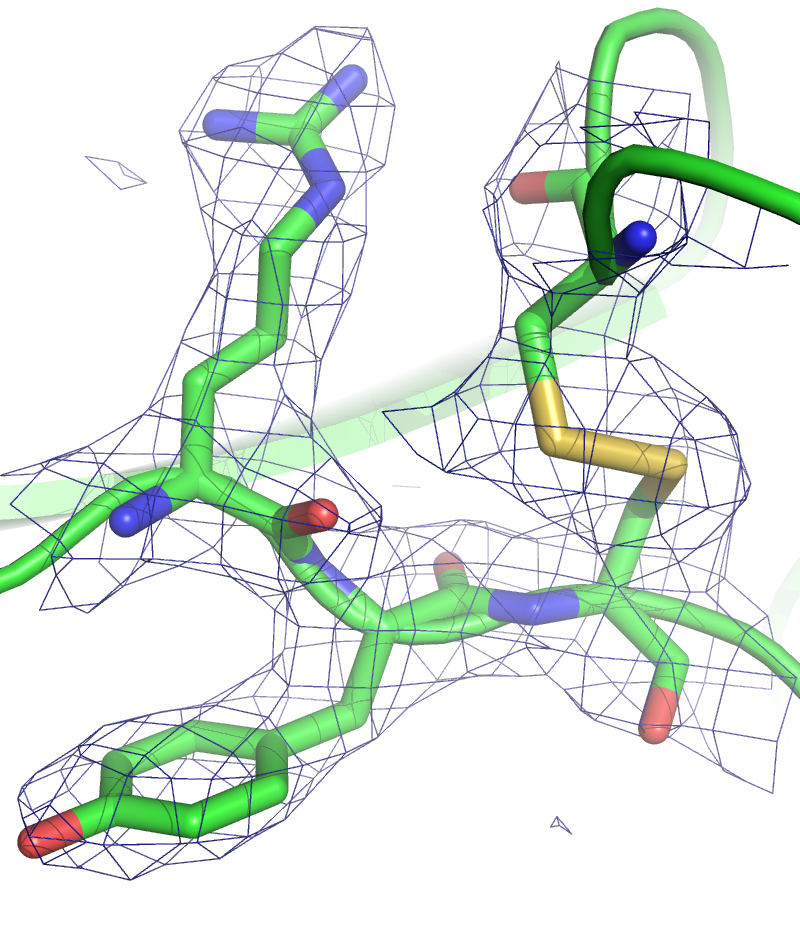Computers, AI, and Algorithms Discover New Medicines and Drugs
By Amogh Anakru '21
More and more pharmaceutical companies are using computers and algorithms to design new drugs. While a team of chemists can spend hours coming up with a candidate for a new drug, data-driven algorithms and artificial intelligence can generate hundreds of new candidates in a matter of seconds. While these computational, in silico approaches do not replace actual safety testing and clinical trials, they often shorten the process of discovery by months or years.
One data-driven approach to chemistry involves creating a "space" of all possible molecules with at most 17 atoms and parsing through it to find new drug candidates. This approach, pioneered by Jean-Louis Reymond, assigns chemicals to certain points in the space based on their chemical properties (so similar chemicals are "close" to each other). Reymond used this database to find chemicals that were similar to a known receptor-activating drug and found that two of the 344 computer-generated candidates also activated the receptor. These results are promising, especially given that Reymond's database contains over 166 billion molecules. University of California researchers used a similar approach to discover a new group of painkillers which avoided certain harmful side effects, reducing over 3 million candidates to a mere seven. Progress in this field is fast, as a team at Dresden has already created a "simple and speedy" algorithm for this process.
Testing toxicity, absorption, and other properties of potential drugs is also a time-intensive and expensive process, but AI and machine-learning techniques can also be used to shorten this process. Programs like these are fed data sets of chemicals whose properties are already known. Then, the program "learns" from this data and makes accurate predictions for properties of new chemicals. Well-designed programs can identify a drug candidate as toxic or unsafe in a matter of seconds, saving money and time in lab testing. The Institute of Cancer Research in London also uses AI to select the most promising drug candidates, and their "genetic" approach actually simulates evolution and natural selection so that the best candidates emerge from the program.
Unfortunately, these computational methods are nowhere near dominating the entire process of drug discovery, and they suffer from certain flaws that get in the way of drug discovery. Sometimes, algorithms will list drug candidates with 3-atom rings, which any chemist will immediately recognize as near-impossible to make in a lab. Willem van Hoorn, the designer of another drug-designing algorithm, said that "some of the compounds they come up with are just laughable". Additionally, the total number of possible drug compounds is so large (1060 molecules) that no database similar to Reymond's can even begin to probe this "universe". Because of this, machine-learning algorithms often make faulty predictions for molecules that are different from whatever data they "learned" from; considering the sheer number of possible chemicals, this problem appears often.
Although data-driven algorithms and AI can save time and money in the drug design process, they still need to be refined so that a higher proportion of the candidates they identify can actually be synthesized in a lab and pass pre-clinical and clinical testing. However, computational chemistry is a fast-developing field and has led to some very real results, so one can expect to see many more successful drugs generated by computers.
